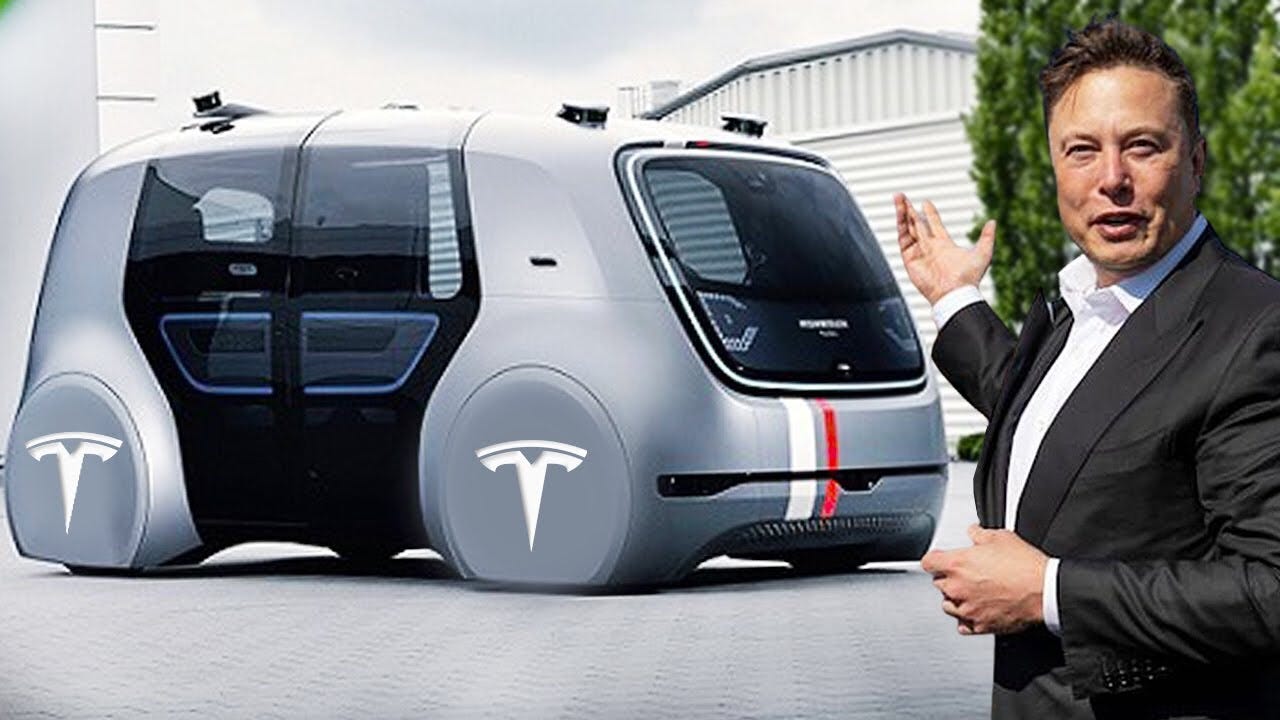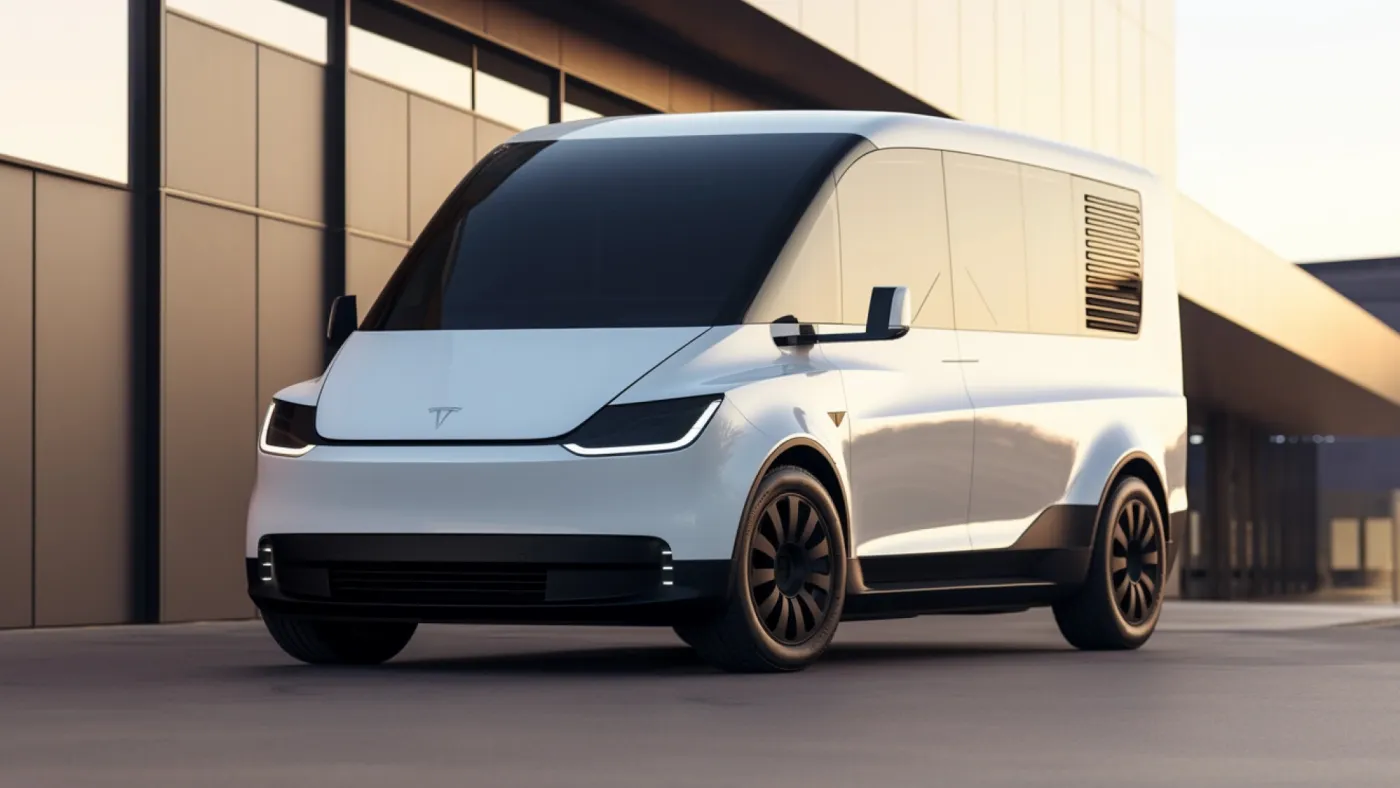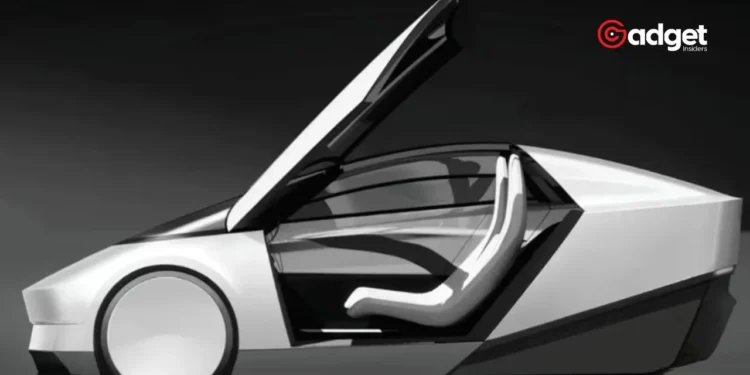During Tesla’s Q1 earnings call, a new chapter in urban mobility was outlined with the introduction of their upcoming robotaxi network, now officially named CyberCab. With a design for a user-friendly app already showcased, Tesla is positioning itself not just as a car manufacturer but as a pioneer in the ride-hailing landscape, previously dominated by giants like Uber and Lyft.

The Economics of Entering the Ride-Hailing Arena
In 2023, the ride-hailing industry saw Uber amassing a whopping $37.28 billion in revenue, while Lyft garnered a more modest $4.4 billion. Meanwhile, the EV Giant reported earnings of $96.77 billion, dwarfing its new competitors.
Entering the taxi service, even one initially manned by human drivers, is not just a lucrative venture but a strategic expansion for the EV brand. The plan is not only to integrate Tesla-owned vehicles into this network but also to allow vehicle owners to lend their cars to the service, reminiscent of Airbnb’s model.
What if… Tesla Robotaxi premieres in China first and deploys it's first fleet to Chinese market? pic.twitter.com/8VLwxeR7fo
— wiggle (@w1991e) April 28, 2024
CyberCab: More Than Just a Concept
Tesla’s approach to unveiling the CyberCab network was both bold and revealing. They are not merely teasing the market with futuristic concepts but are laying the groundwork for an imminent rollout. The reveal of the robotaxi app during the earnings call underscores the company’s commitment to this venture.
The app, which displayed functionalities like vehicle summoning, trip preferences, and progress tracking, signals that the brand is not just preparing for a future autonomous network but is ready to operationalize it with current technology.

A Glimpse Into the Future: The Robotaxi App
Many of the Autopilot capabilities that Tesla aficionados are familiar with, such as summon, self-driving, and Autopark, are included in the CyberCab app, which is a marvel of the company’s innovative skill.
To ensure that the passenger experience is prioritized during the design process, the company has implemented a user interface that displays the positions of vehicles in real-time on a three-dimensional map and gives consumers the ability to customize the temperature and entertainment options.
Tesla’s Strategic Beta Rollout
Despite full autonomy being years away, Tesla’s strategy includes launching a “beta” version of the service, which would allow current Tesla owners to operate their vehicles within the network.
This phased approach benefits the company in multiple ways: it allows it to refine the service with real-world data and feedback, and it creates an additional revenue stream, reinforcing its financial dominance in the automobile manufacturing sector.

Recap: Tesla’s Visionary Move Towards a Services Model
The Q1 earnings call was a landmark moment for Tesla, revealing more than just financial figures; it showcased a strategic pivot towards becoming a services-centric company.
The components of the robotaxi network—vehicle design, full self-driving (FSD) capabilities, and ride-hailing management—are being developed concurrently, much like the incremental updates to their Autopilot features.
This multi-faceted approach, emphasizing both immediate and future applications of their technology, reflects the company’s vision of leading not just in automotive manufacturing but in the broader technology and services industry.
The eventual transition to fully autonomous robotaxis will mark a significant evolution of the company’s business model, but the journey there will be characterized by these strategic, incremental innovations.
When we reflect on Tesla’s trajectory in the coming years, this earnings call will undoubtedly be seen as a pivotal turning point, illustrating Elon Musk’s broader ambition to redefine the landscape of urban transportation.










